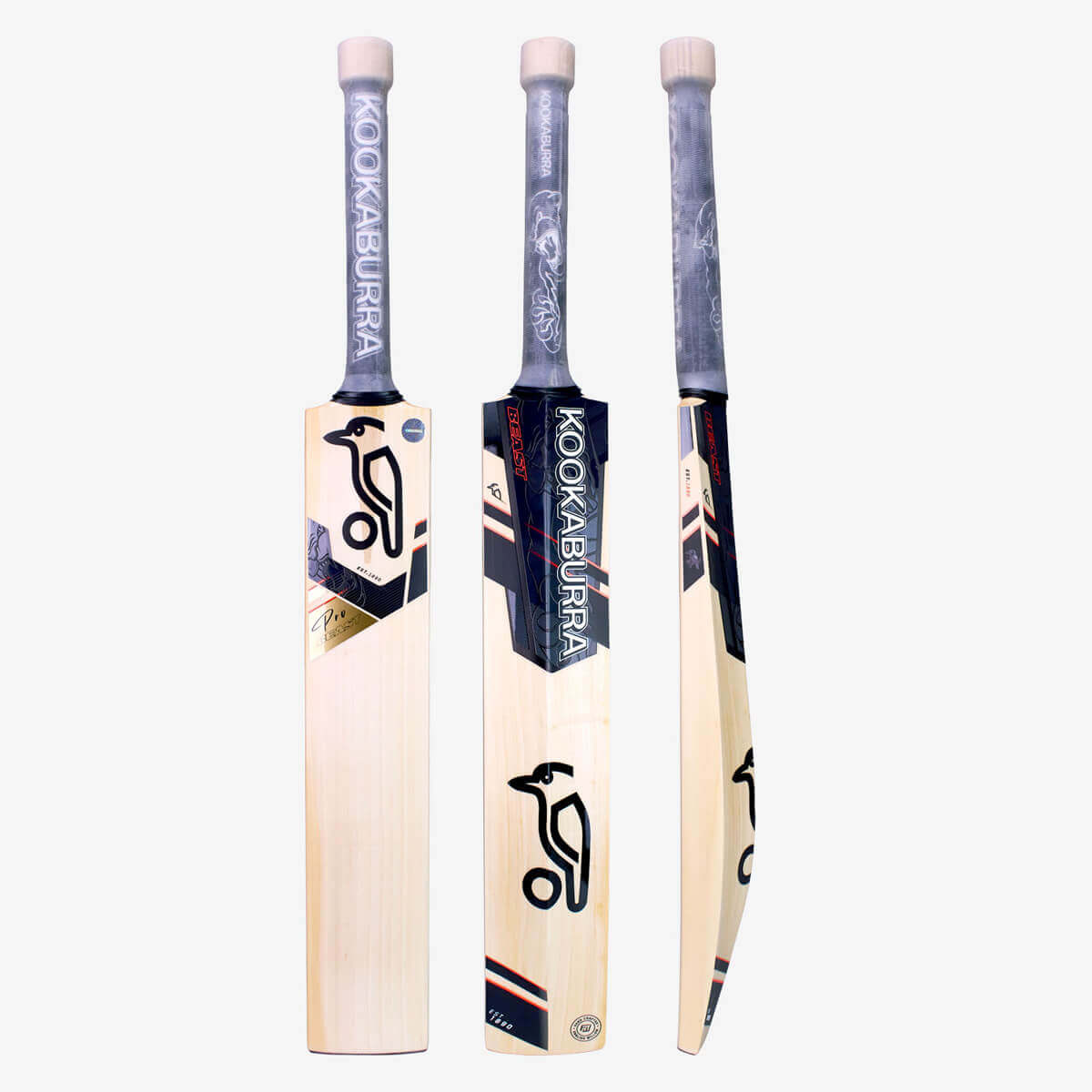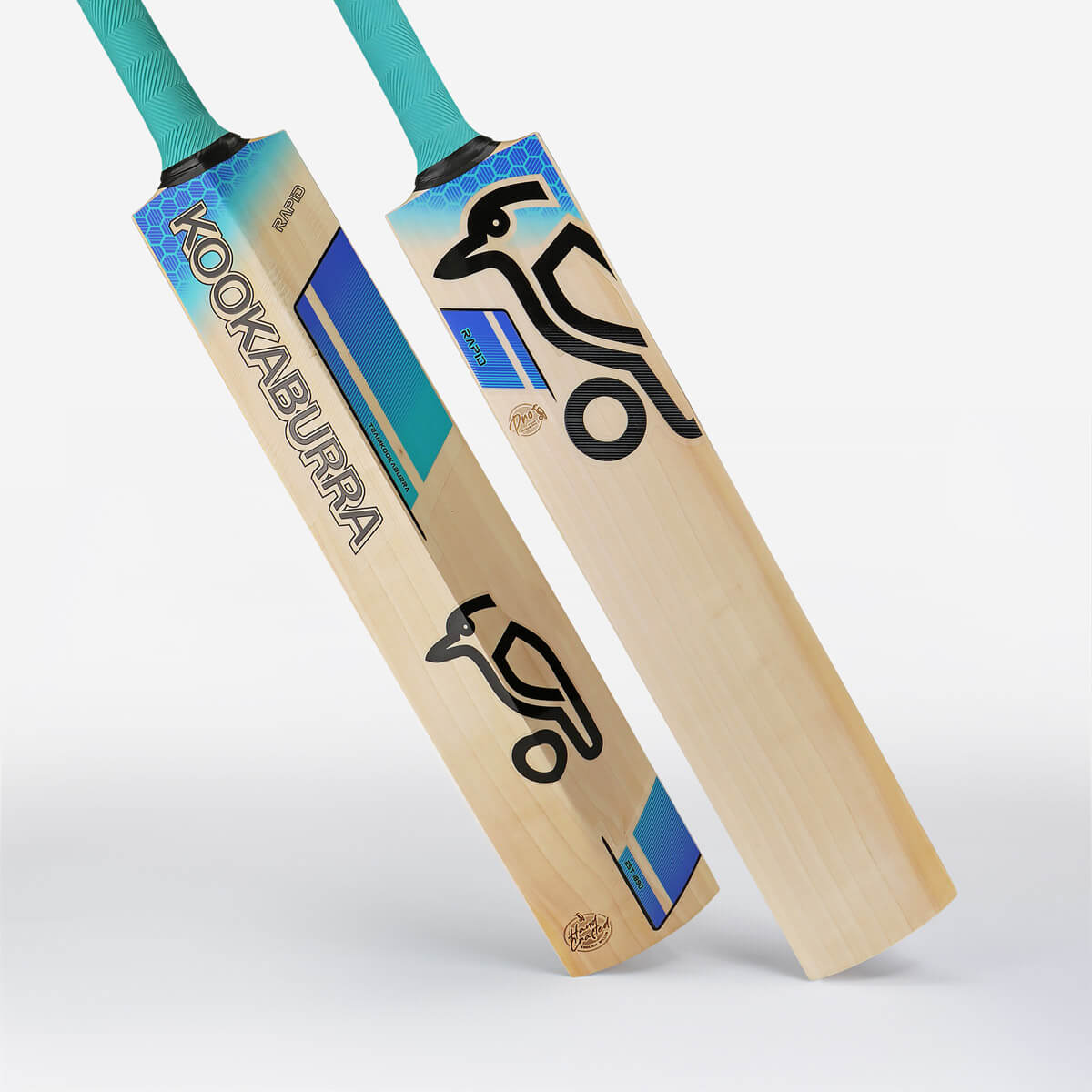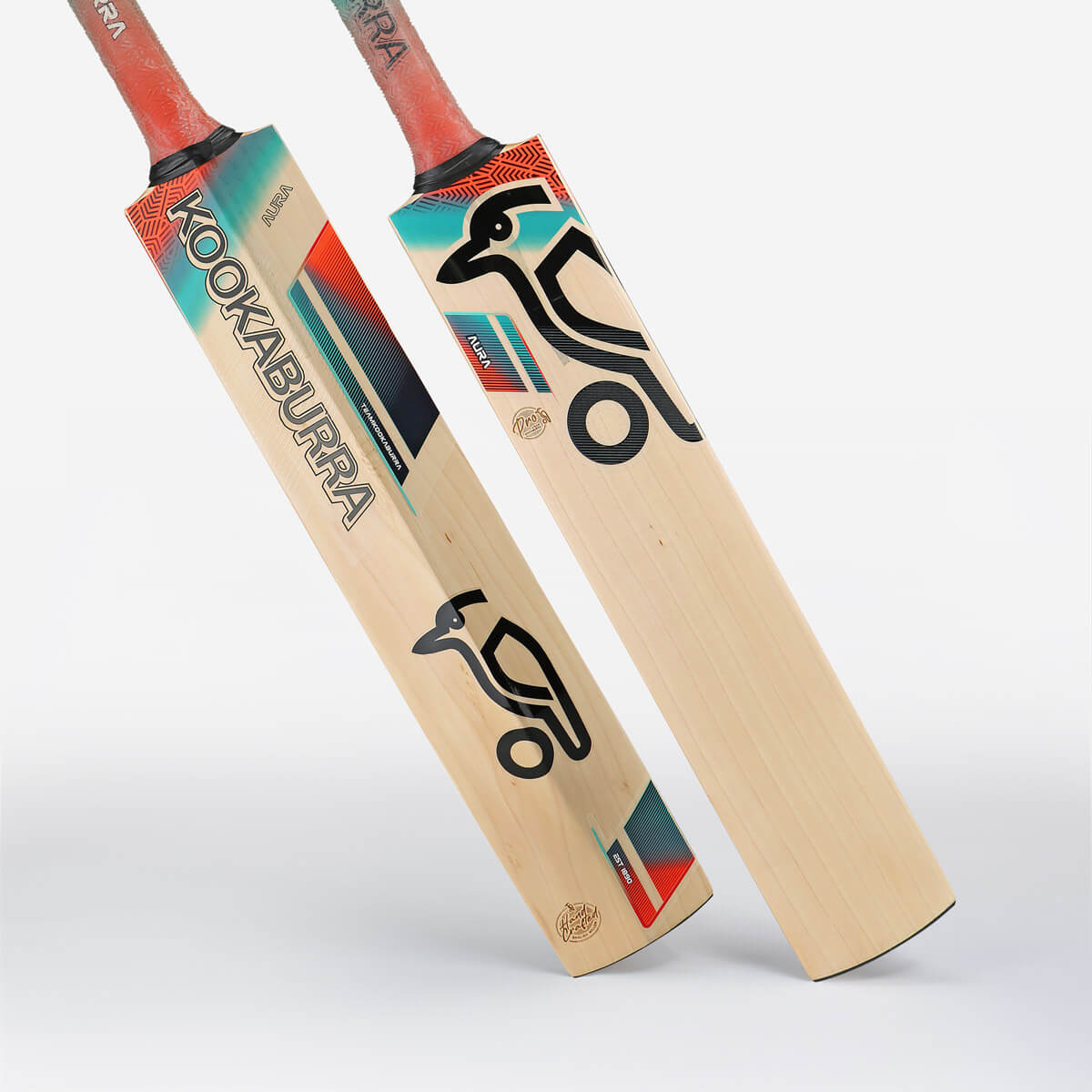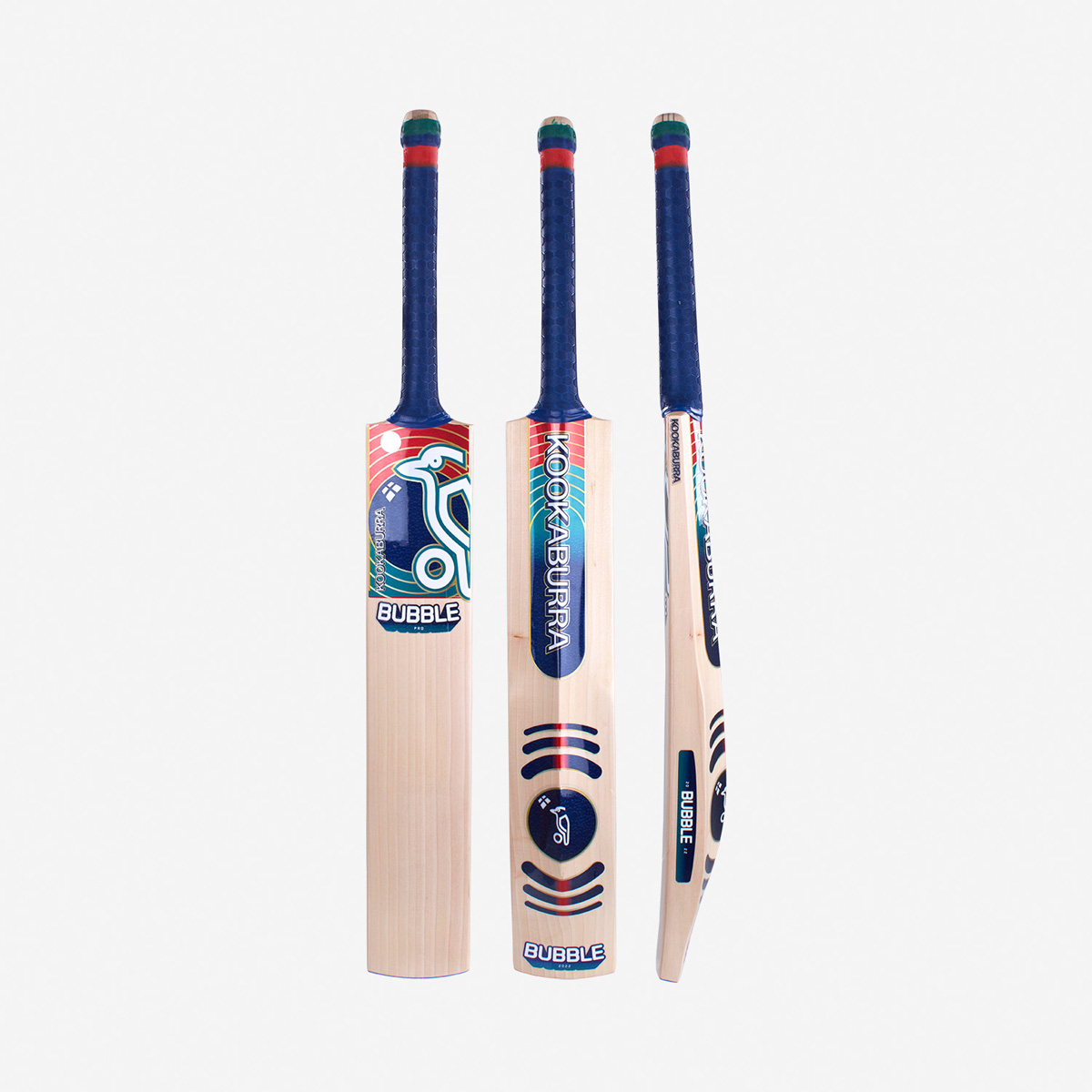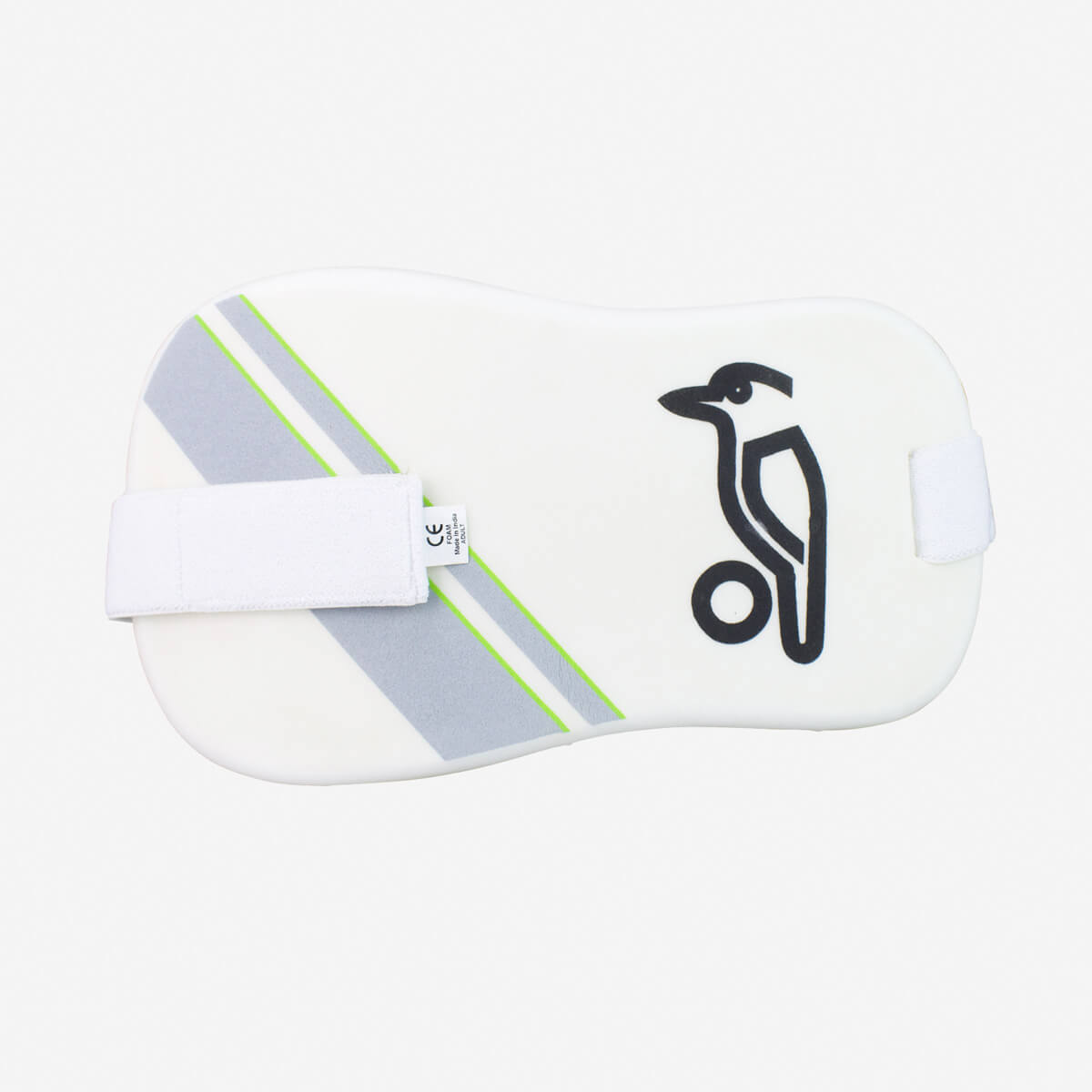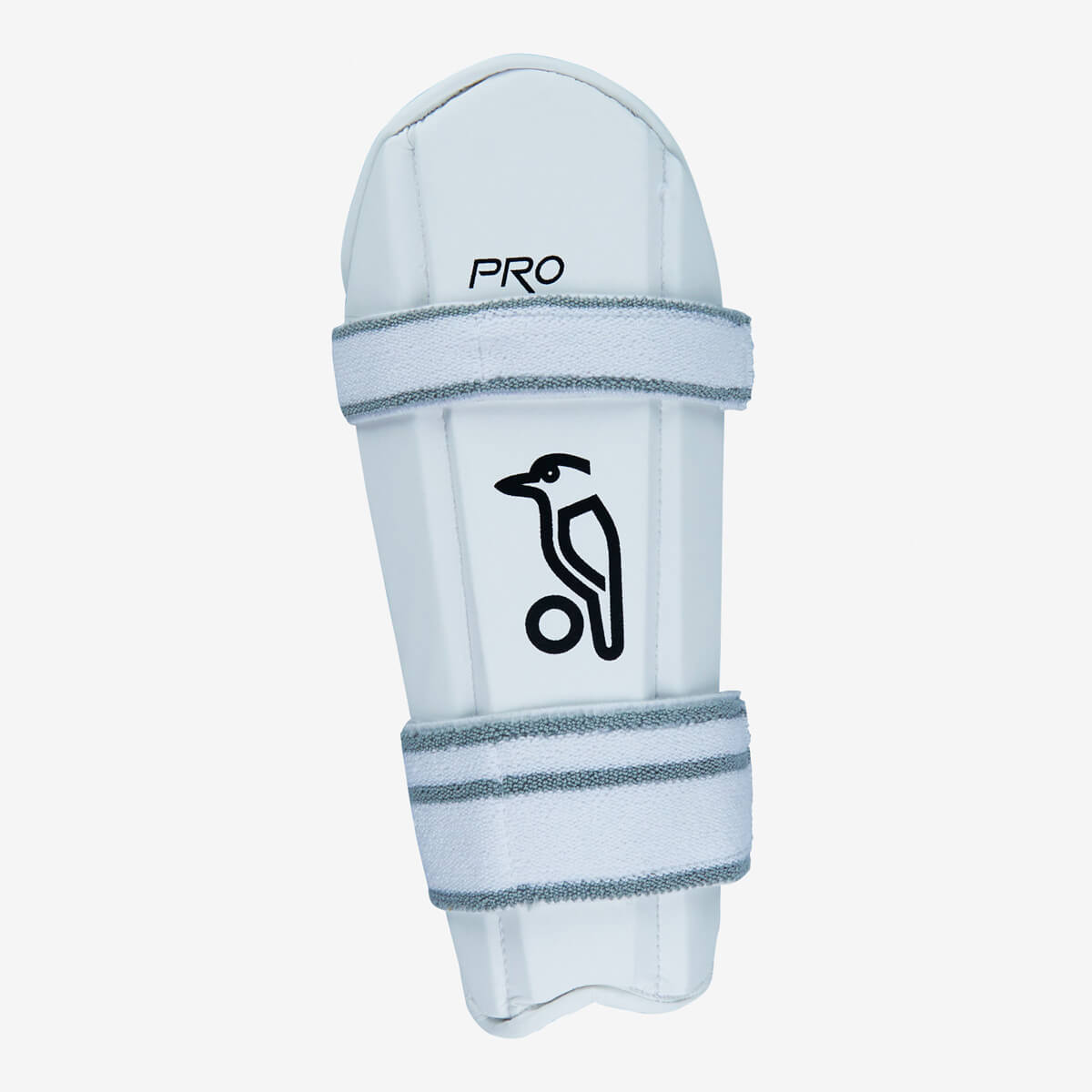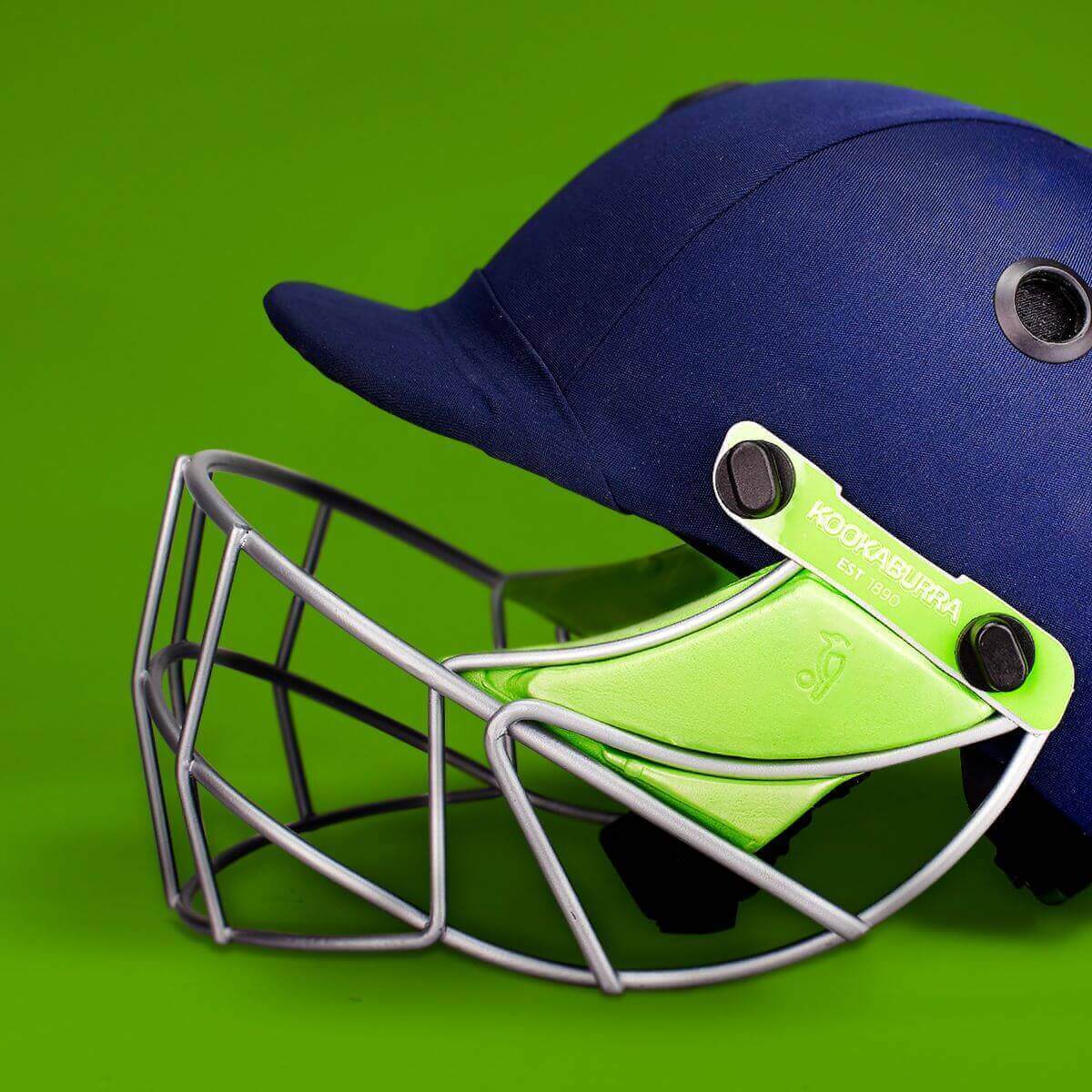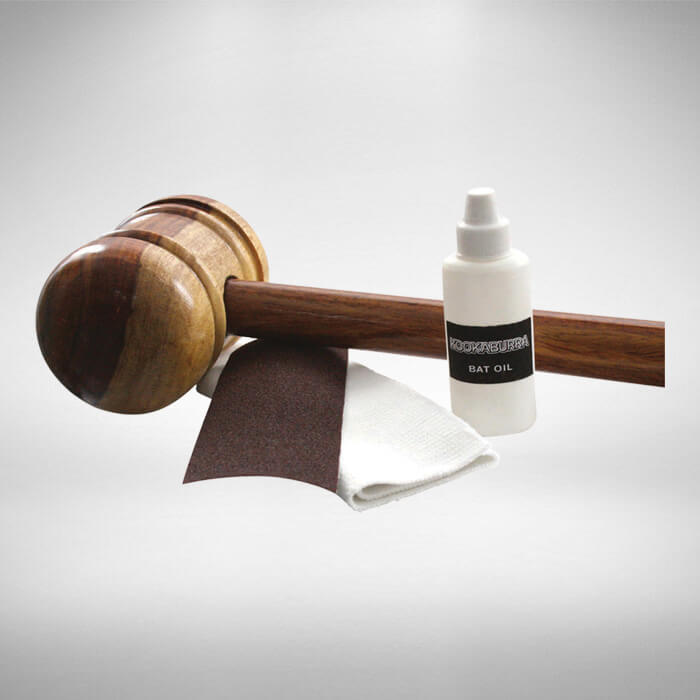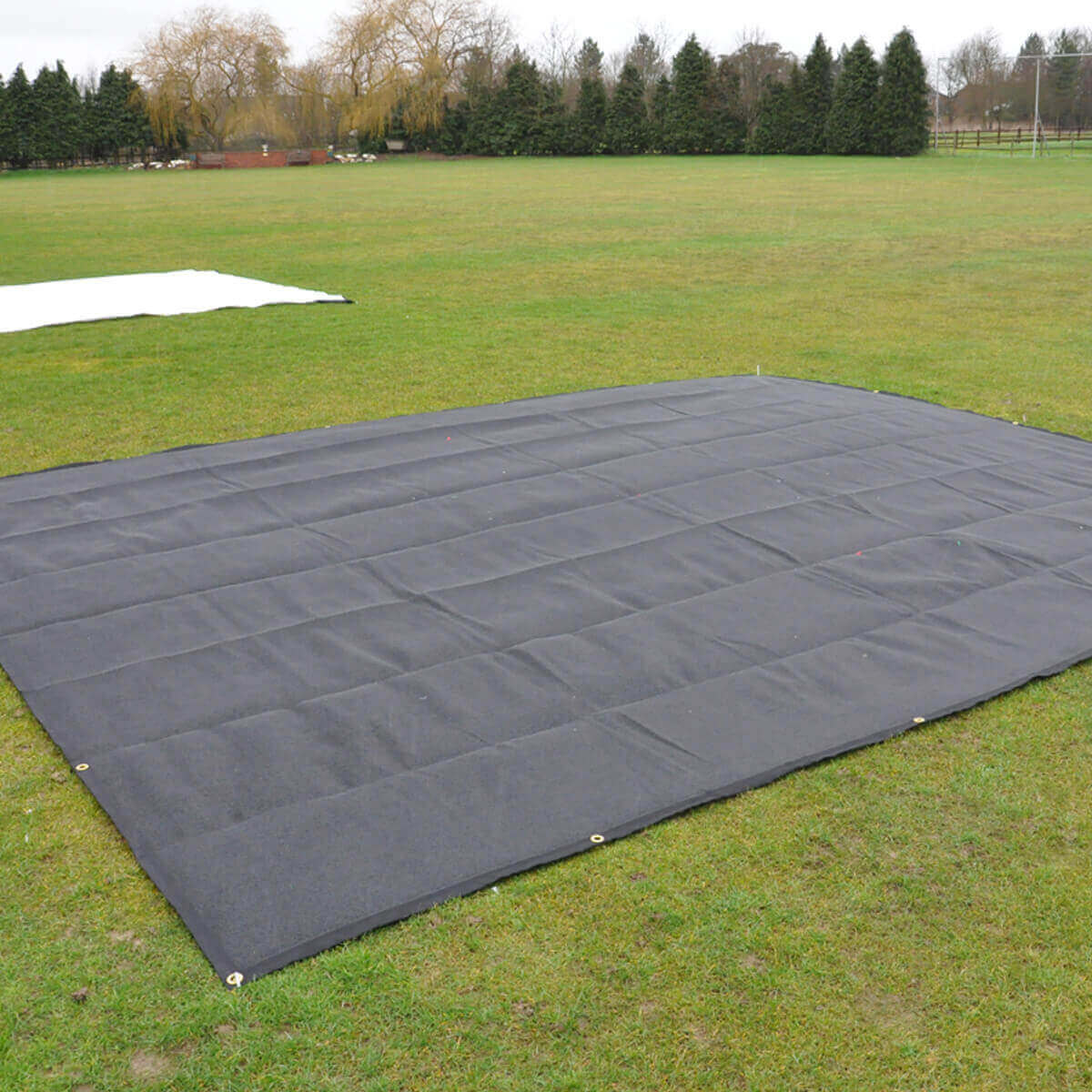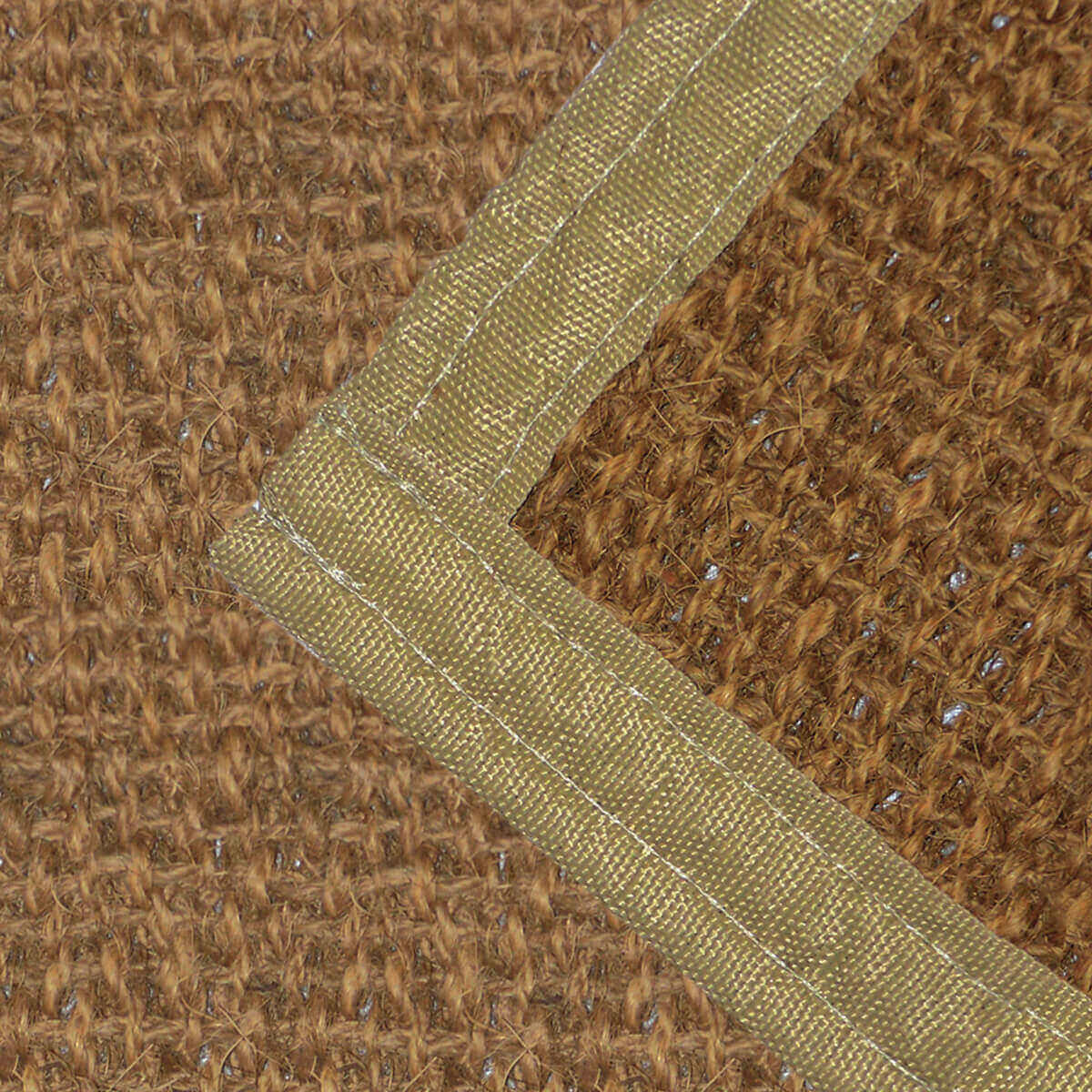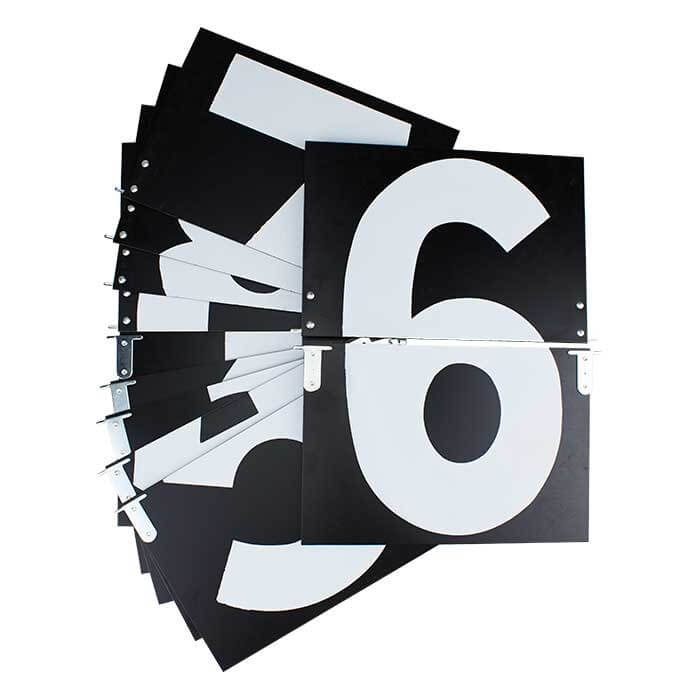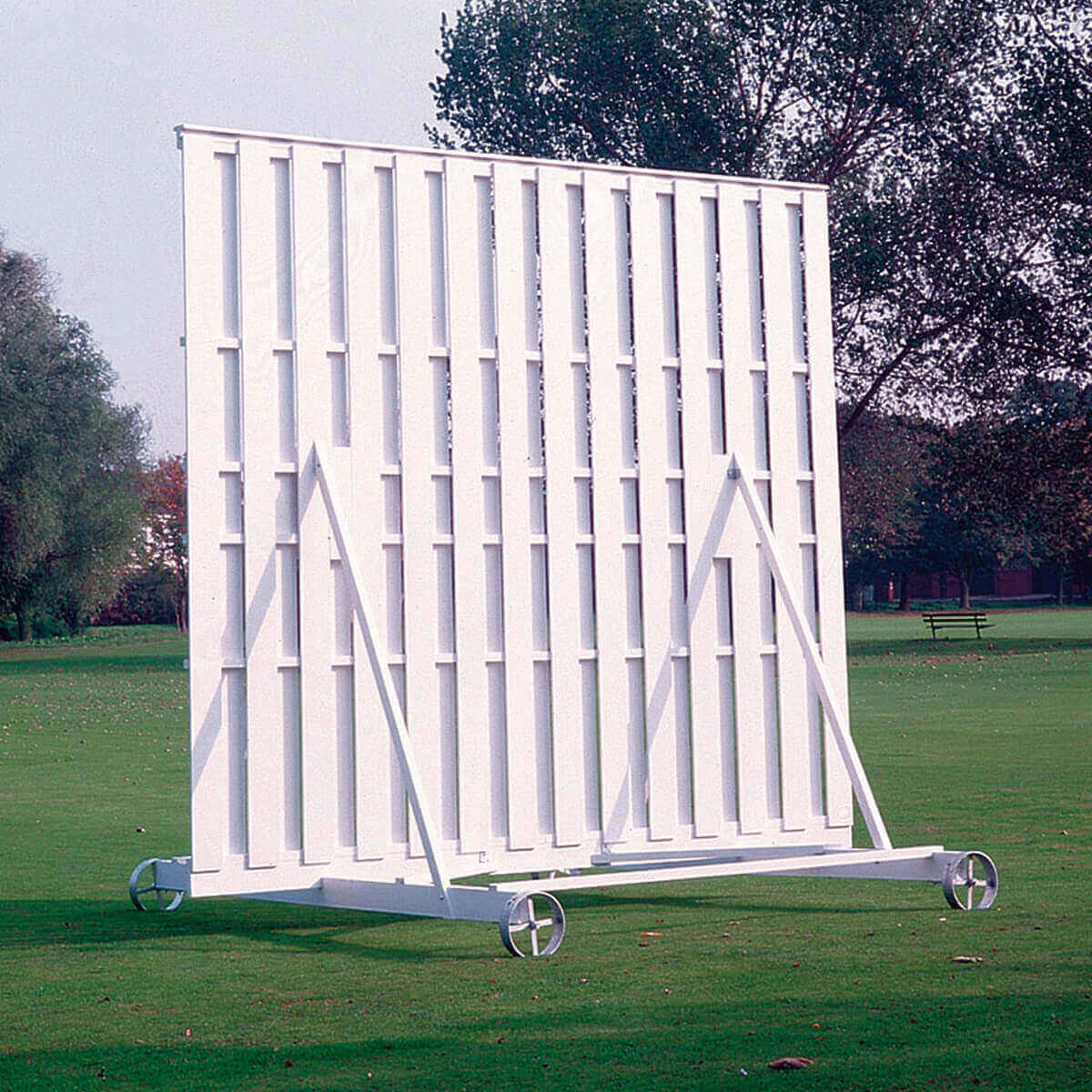Whether you are looking to get your first ever cricket bat or you’re taking your cricket game to the next level, picking the right bat is essential. Luckily, at 3D Sports, we have a plethora of top-quality bats with different shapes, handle sizes and designs. From long blade bats for the taller players through to training bats for cricket newbies, you can find it all here.
So which one should you pick? How do you make sure that the bat is not too long or too heavy? Is it different for adults and children? These are just some of the most common questions we receive about our bats. Choosing the correct size bat is vital for the proper technical development of young and experienced cricketers alike and it isn’t always the easiest to figure out when shopping online. Below are our recommended size charts to help determine what your best fit is when it comes to cricket bats – however it is always worth noting that with children growing at hugely different rates, ages are approximate!
| BAT SIZE | APPROX. AGE | PLAYER HEIGHT | BAT LENGTH | BAT WIDTH |
|---|---|---|---|---|
| Size 0 | 3-4 Years Old | -Up to 4ft | 23 3/4 inches | 3 1/2 inches |
| Size 1 | 4-5 Years Old | 4ft – 4ft 3” | 25 1/2 inches | 3 1/2 inches |
| Size 2 | 6-7 Years Old | 4ft 3″ – 4ft 6″ | 27 inches | 3 1/2 inches |
| Size 0 | 3-4 Years Old | -Up to 4ft | 23 3/4 inches | 3 1/2 inches |
| Size 3 | 8-9 Years Old | 4ft 6″ – 4ft 9″ | 28 1/4 inches | 3 3/4 inches |
| Size 4 | 9-10 Years Old | 4ft 9″ – 4ft 11″ | 29 1/2 inches | 3 3/4 inches |
| Size 5 | 10-11 Years Old | 4ft 11″ – 5ft 2″ | 30 1/2 inches | 4 inches |
| Size 6 | 11-13 Years Old | 5ft 2″ – 5ft 5″ | 31 1/4 inches | 4 inches |
| HARROW | 12-14 Years Old | 5ft 5″ – 5ft 7″ | 32 inches | 4 inches |
| SMALL ADULT | 14-15 Years Old | 5ft 7″ – 5ft 9″ | 32 inches 1/2 inches | 4 inches 1/2 inches |
| FULL SIZE (Short Handle) | 16+ Years Old | 5ft 9″ – 6ft | 33 1/4 inches | 4 inches 1/2 inches |
| FULL SIZE (Short Handle) | 16+ Years Old | 5ft 9″ – 6ft | 33 1/4 inches | 4 inches 1/2 inches |
| FULL SIZE (Long Handle/Blade) | 16+ Years Old | 6ft and above | 34 inches | 4 inches 1/2 inches |
Please note that sizes do differ slightly by the manufacturer, with the above sizes based on Kookaburra Cricket Bats, however, due to manufacturing tolerances there may also be very small differences in the finished product.
Cricket bat anatomy
Cricket is a technical sport with technical products that are heavily regulated and governed by laws. These laws dictate the precise specifications of the bat, including the material, purpose, and measurement, with the grading also to be considered when purchasing and using a Cricket bat. Even a seemingly simple cricket bat has several aspects that one needs to know! Each of our cricket bats is made to specific sizes and specifications, whether it’s our highly endorsed kookaburra size 4 junior cricket bat or our short handle Kookaburra Kahuna Lite Cricket Bat, each has a different DNA depending on your skill set. To help you determine which bat might be right for you, the following is an insight into the anatomy of a Kookaburra cricket bat.
The Edge
The edge of a bat refers to the two sides of the blade that start from the shoulder and runs until the bat’s toe. The side closest to the batsman is the inside edge while the side facing away is called the outside edge. The edge is not deliberately used to hit the ball but it will likely come into contact when the batsman is deceived by swing, seam or spin.
Kookaburra bats tend to have big edge profiles that increase from the shoulders and maximise at the swell. This helps to generate supreme balance with an extended sweet spot that covers the entire width of the blade.
The Sweet Spot
The sweet spot is the most vital part of the bat. This spot is positioned in the blade where performance is at its maximum. Scientifically speaking, the sweet spot is usually located at around 150 mm from the toe of the bat however it can differ between bats. Those who excel at front foot shots should choose a bat with a lower sweet spot. For back foot shots such as the cut and the pull, a higher sweet spot is more desirable.
Kookaburra bats are designed to maximise the size of the sweet spot. This allows the middle of the bat to be spread further across the blade and ensures that off-centre strikes perform better.
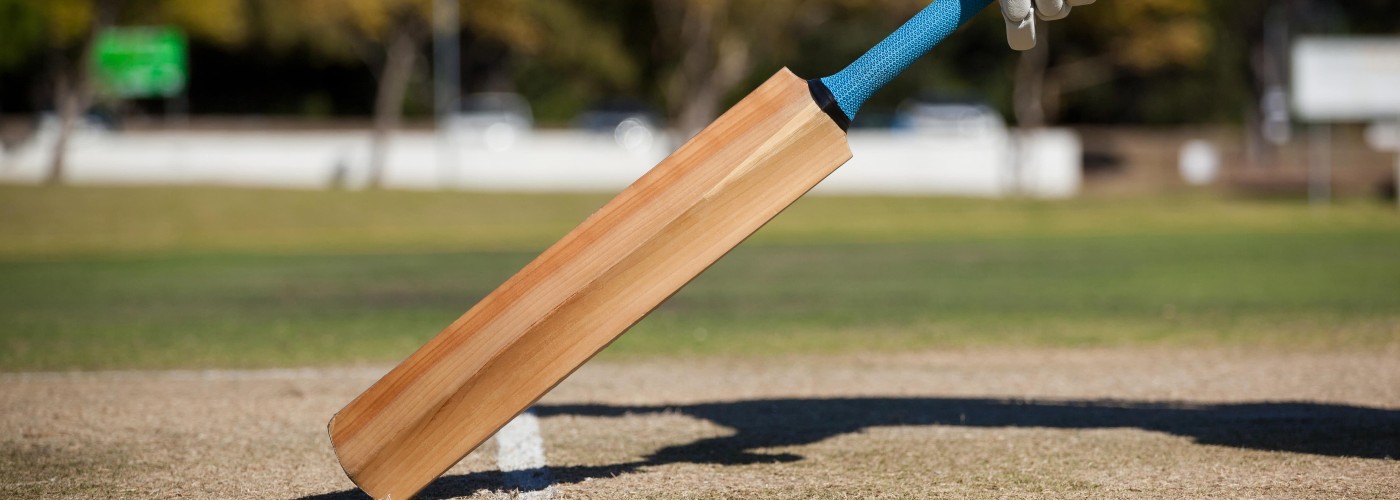
Bat Spine
The line at the centre of the back of the bat is called the spine. The spine will run from the handle towards the swell and give the bat strength and rigidity. Kookaburra’s super spine profiles adopt traditional shaping characteristics and operate in unison with the edge profile of the bat. This creates a huge apex with unrivalled amounts of power and exceptional pick-up.
Bat Handle
Handles can be long or short to suit the individual preferences of the batsman. A bat can be either of a short length or a long length and players that are tall (over 6 feet) tend to find long blade bats extremely useful.
The handle is made from multiple pieces of cane, separated by cork or rubber to reduce shock from impacts with the cricket ball. This is then wrapped in twine and then fitted with a rubber grip to ensure the bat does not slip out of the hands of the batter. A long-blade cricket bat is made with a blade around 1” longer than a short handle, but with a standard short handle fitted.
The Face
Another one of the most important parts of the bat is the face. The face is the part of the bat that is at the front between the shoulder and the toe and is literally ‘facing’ the bowler. This part of the bat is primarily used to strike the ball and its maintenance is very important to maintain the performance of the bat.
- The modern game revolves around the thickness of the blade. Kookaburra has developed two types of face profiles to suit these demands:
- Flat Face — a level striking area that allows more mass to be retained in the back of the bat to, in turn, maximise power profile.
- Rounded Face — a slightly rounded face favoured by more traditional players. Gives a familiar look but yields a less expanded profile.
The Bow
The bow relates to the curvature of the bat from the tip of the handle to the end of the toe. When seen in the profile, you’ll notice that there is a curve from the bottom of the handle through to the toe. This is designed to enhance the position of the hands by placing them ahead of the ball – an essential for optimum stroke play and helps keep the ball down!
Talk to the cricket bat experts
As cricket players ourselves, we understand how difficult it may be to order certain items that we stock online. Our goal is to make sure that you are fully prepped for a great season’s play. This is why we try to give you as much information as we can before you purchase your cricketing equipment.
Our team of expert cricketers can supply everything you need for your ground and personal kits. From bats and balls to protection gear, we have it all. Contact our team for more information on the right playing and training equipment for you and your team.



